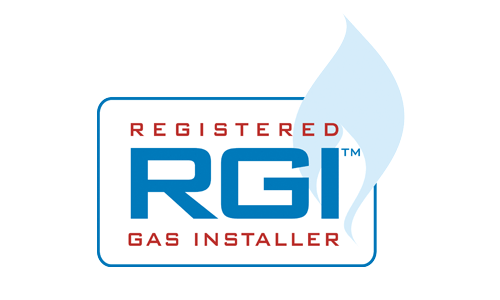NRM Expert Plumbers Dublin
A highly dependable and trustworthy Plumbing and Heating Company, with Expert Skills that will solve Plumbing and Heating problems quickly and honestly.
Plumbing Dublin - NRM Expert Plumbers
A highly dependable and trustworthy Plumbing and Heating Company, with Expert Skills that will solve Plumbing and Heating problems quickly and honestly.

NRM Heating and Plumbing Dublin, is a family run business, and we’re proud of the level of service that we provide. We operate to very high standards and deliver guaranteed work which makes us the plumbers Dublin needs.
NRM Plumbing Dublin are fully insured and registered with both RGI and SEAI. Our work is always top quality, and our Plumbing Dublin team continually keeps up to date with all the latest legal requirements, best practices, and other types of training to make sure we are one step ahead of the Plumbing Dublin competition.
For a safe, trustworthy, and reliable service, NRM are the team to choose. We’ll work quickly and efficiently to solve plumbing problems or to install new appliances or a gas central heating boiler. We are one of the highest recommended plumbers Dublin has due to our ability to think outside the box and solve problems easily – and we always make sure you’re left in a clean and tidy condition when we’re done.
– Killian O’Malley, Managing Director

NRM Heating and Plumbing Dublin, is a family run business, and we’re proud of the level of service that we provide. We operate to very high standards and deliver guaranteed work which makes us the plumbers Dublin needs.
NRM Plumbing Dublin are fully insured and registered with both RGI and SEAI. Our work is always top quality, and our Plumbing Dublin continually keeps up to date with all the latest legal requirements, best practices, and other types of training to make sure we are one step ahead of the Plumbing Dublin competition.
For a safe, trustworthy, and reliable service, NRM Plumbing Dublin are the team to choose. We’ll work quickly and efficiently to solve plumbing problems or to install new appliances or a gas central heating boiler. We are one of the highest recommended plumbers Dublin has due to our ability to think outside the box and solve problems easily – and we always make sure you’re left in a clean and tidy condition when we’re done.
– Killian O’Malley, Managing Director

FREE NO-OBLIGATION DETAILED QUOTATIONS
We offer free no-obligation quotations that have no hidden extras, and we make sure to detail the exact nature of the work ahead. We’re Viessman accredited installers, and are registered with the Sustainable Energy Authority of Ireland (SEAI) for the Better Energy Home Scheme for boiler and heating control upgrades and Air to Water Heat pump installation.
Additionally, NRM Plumbing Dublin work as plumbers for landlords, so should your tenants encounter a problem we’ll be on hand to help.






FREE NO-OBLIGATION DETAILED QUOTATIONS BY NRM PLUMBING DUBLIN
We offer free no-obligation quotations that have no hidden extras, and we make sure to detail the exact nature of the work ahead. We’re Viessman accredited installers, and are registered with the Sustainable Energy Authority of Ireland (SEAI) for the Better Energy Home Scheme for boiler and heating control upgrades and Air to Water Heat pump installation.
Additionally, we work as plumbers for landlords, so should your tenants encounter a problem we’ll be on hand to help.






Testimonials
Read What Our Happy Clients Have To Say










